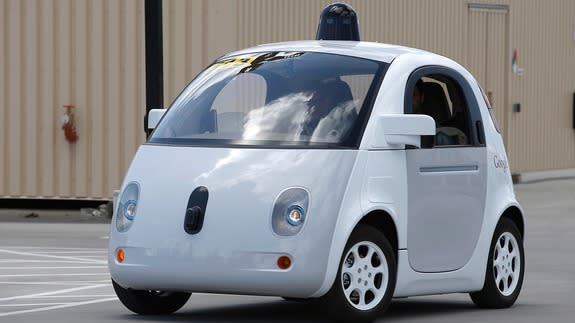U.S. safety regulators: Google's self-driving systems qualify as drivers

The National Highway Traffic Safety Administration has ruled that Google's self-driving systems legally qualify as a driver under federal law.
See also: Google is testing wireless charging for its self-driving cars, report says
The NHTSA stated in a letter to Google on Feb. 4 that it will "interpret 'driver' in the context of Google's described motor vehicle design as referring to the [self-driving system], and not to any of the vehicle occupants."
The decision comes after Google sent a letter to regulators on Nov. 12 that proposed its self-driving car has "no need for a human driver."
Safety regulators opined: "We agree with Google its [self-driving car] will not have a 'driver' in the traditional sense that vehicles have had drivers during the last more than one hundred years."
This is huge for autonomous cars and, by my approximation, effectively pushes the tech forward by a decade. Legal questions surrounding whether an autonomous system could be considered a driver has long plagued companies working to develop the systems.
After all, if a self-driving car required the occupant to have a driver's license, what would an autonomous car be to, say, an elderly person unable to drive themselves safely to a medical appointment?
However, it doesn't mean the whole thing is solved quite yet. "The next question is whether and how Google could certify that the [self-driving system] meets a standard developed and designed to apply to a vehicle with a human driver," NHTSA said.
For now, however this is a significant leap for autonomy and one I wasn't sure would come so soon.
Mashable has reached out to Google for comment but has yet to receive a response.


